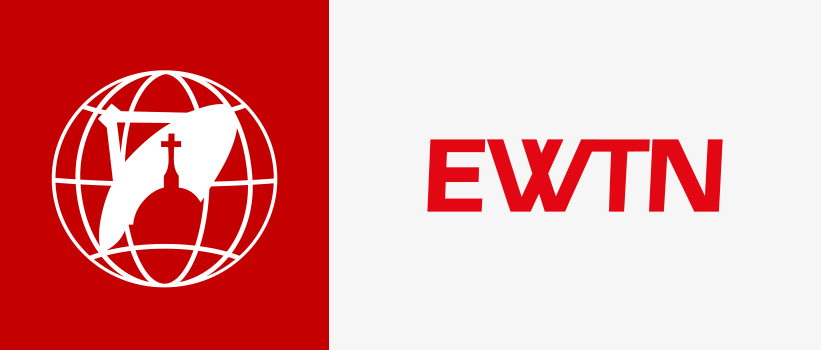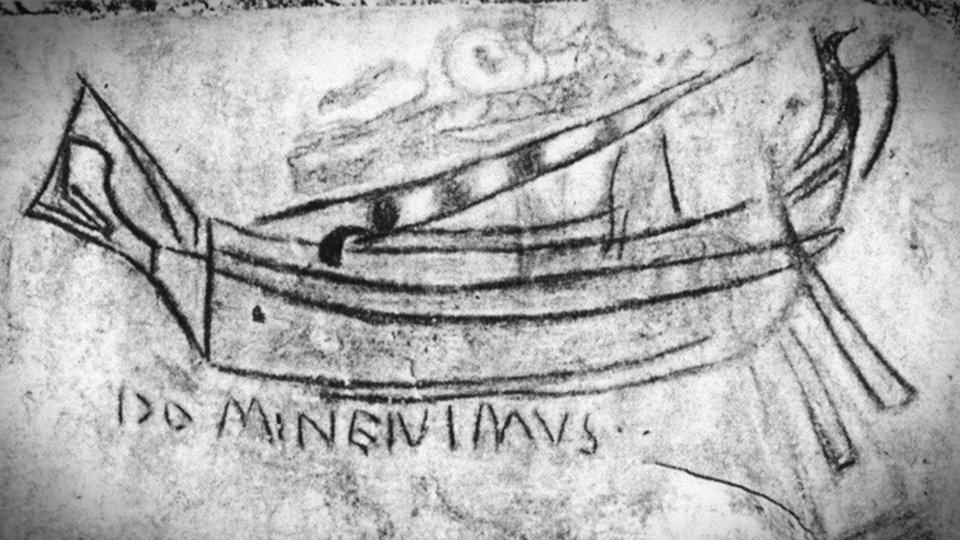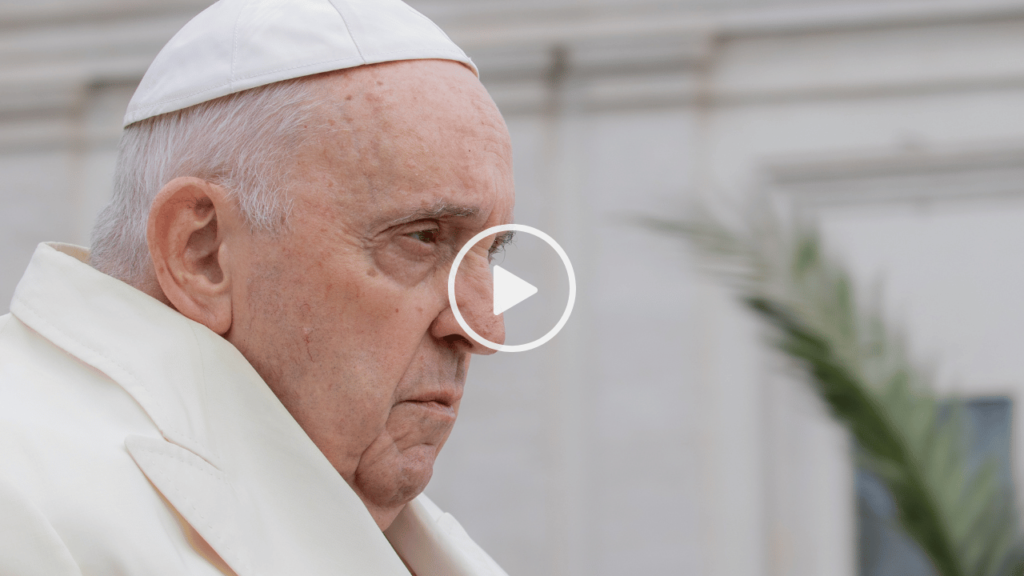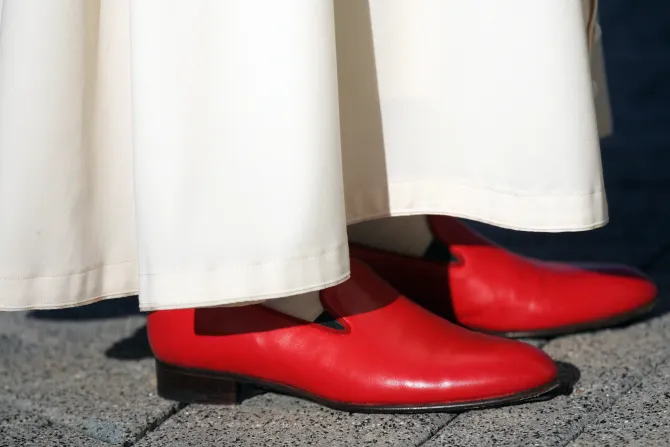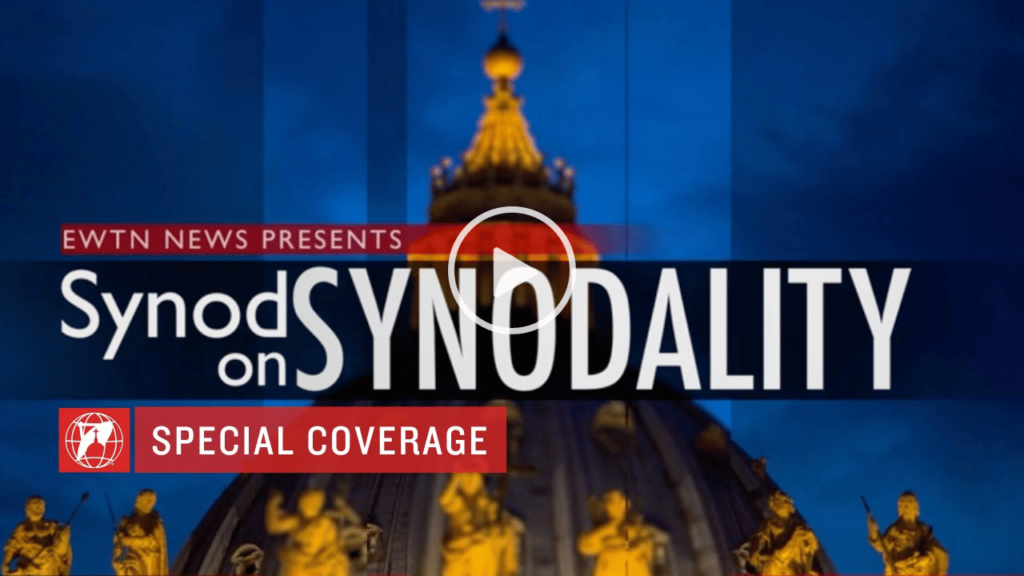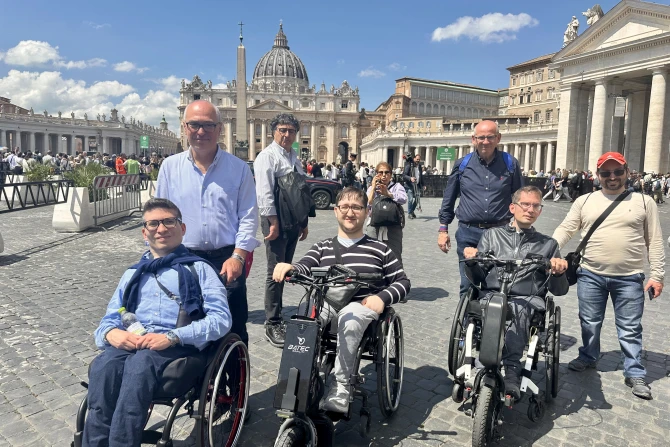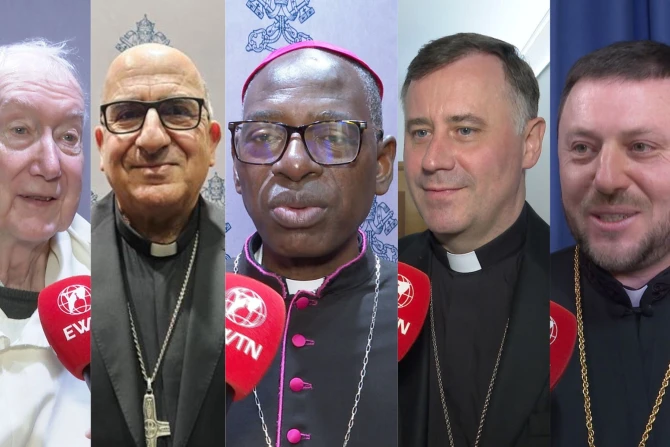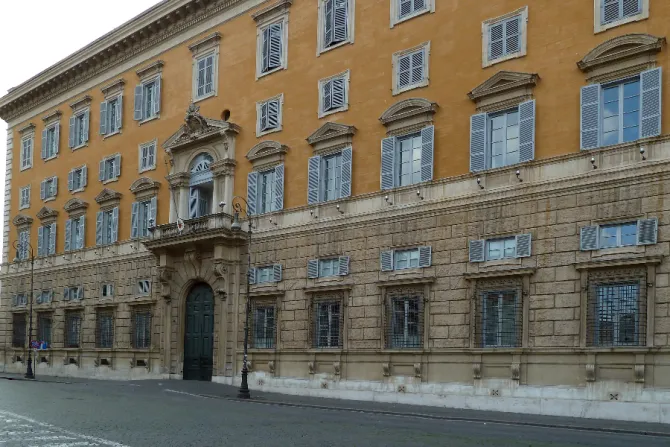Easter is the most sacred moment of the liturgical year — and it draws our hearts to the place where it all began: the Lord’s Tomb in Jerusalem.
But how do we know this is truly the burial place of Jesus? And is the stone inside the same one where His body once lay?
Our Vatican correspondent Magdalena Wolinska-Riedi speaks with Fr. Narcyz Klimas, a Franciscan friar who took part in the 2016 excavations that uncovered remarkable evidence.
How is it possible for us today, after two thousand years, to pin down the specific and exact location of the tomb?
Various examples have been found confirming that this was the place, at one point in the chapel behind the chapel of Saint Helena, which is looked after by Armenians there is the Chapel of St. Gregory (the Kirkor in Armenian), and in the back behind the altar on the foundations of the chapel there is a stone with a barge with a small mast engraved on it, and on the barge is written Domine Ivimus in latin, meaning “Lord, we are coming”, which is a typical sign left by pilgrims who went to the Holy Land.
Besides, there were oral transmissions after all, there were people living there who remembered the apostles, about whom they heard the exact story passing on this tradition orally from father to son.
What emotions accompanied you during this and can we really acknowledge this stone, as the Holy Stone?
It was October 26, 2016 we were standing in front of the closed Grave, there were representatives of those three rites that take care of the Holy Sepulcher: the Orthodox, Armenians and us Catholics and we were waiting for the stone to be taken down.
Well it was incredible tension among us, because we knew that the last time the stone had been taken down was in 1555.
It was something indescribable and I remember we waited quite a long time while the stone was being slowly pulled down. I tried not to look at it at the beginning and finally like I was literally standing in front of the Entrance to the Tomb of Christ through the corner of my eye I saw there was nothing and I said “there is no stone!”
There was rubble and dust and no stone was visible! We all were very sad but we didn’t find the stone.
The next morning I was working in the archives, suddenly a confrere came running in and shouting from the entrance: the stone is there, run to the Tomb!
We ran like Peter and John on Resurrection Sunday to the tomb of Christ, we literally fell inside and indeed the Greek monk who stood guarding the place with a smile on his face very friendly said to us “come in, there is the stone”. And we went in and saw the stone, it was a gray-white, very hard limestone, typical of Jerusalem of that time.
This stone was full of carved holes by pilgrims who came there in the first centuries before the place was built up. They broke off pieces of the rock to take with them as relics, and in the place where Jesus Christ’s head rested, a small channel was carved into the rock to drain the man’s bodily fluids so that the decaying body would survive as long as possible.
In the case of Jesus Christ it wasn’t necessary, because after all he rose from the dead on the third day, but this confirms that the tomb was made according to the tradition of Jewish burial and this is another testimony about it being an authentic place.
Can you please tell us how it happened that your order, the Franciscans settled down in this unique place on Earth, in the Holy Land, more than 800 years ago and how you’re continuing to serve there until today?
After the first chapter in Assisi in 1217 St. Francis sent his brothers to different parts of the world. Several of them reached Akko in Palestine, today’s Holy Land and founded the first monastery there. Later, Saint Francis himself arrived there in 1219.
In 1342 Pope Clement VI by papal bull granted the custody of the holy places to the Franciscans, this was referred to as the Custody of the Holy Land, and from then on we have had a papal mandate to take care of these holy places until now.
The Basilica of the Holy Sepulchre in Jerusalem, the Basilica of Christmas in Bethlehem and the Tomb of Our Lady at Gethsemane by the olive garden in the Cedron valley: these are the three places where we share custody with other Christian rites, while the other shrines are directly under our custody, except for the fact that we are representatives of the Vatican there, we take care of these places, they are not our property. The Vatican is the owner.
Thank you!
Thank you for the interview.
SIGN UP FOR OUR NEWSLETTER HERE
Adapted by Jacob Stein
Camera by Fabio Gonnella, Alberto Basile; Edited by Andrea Manna
